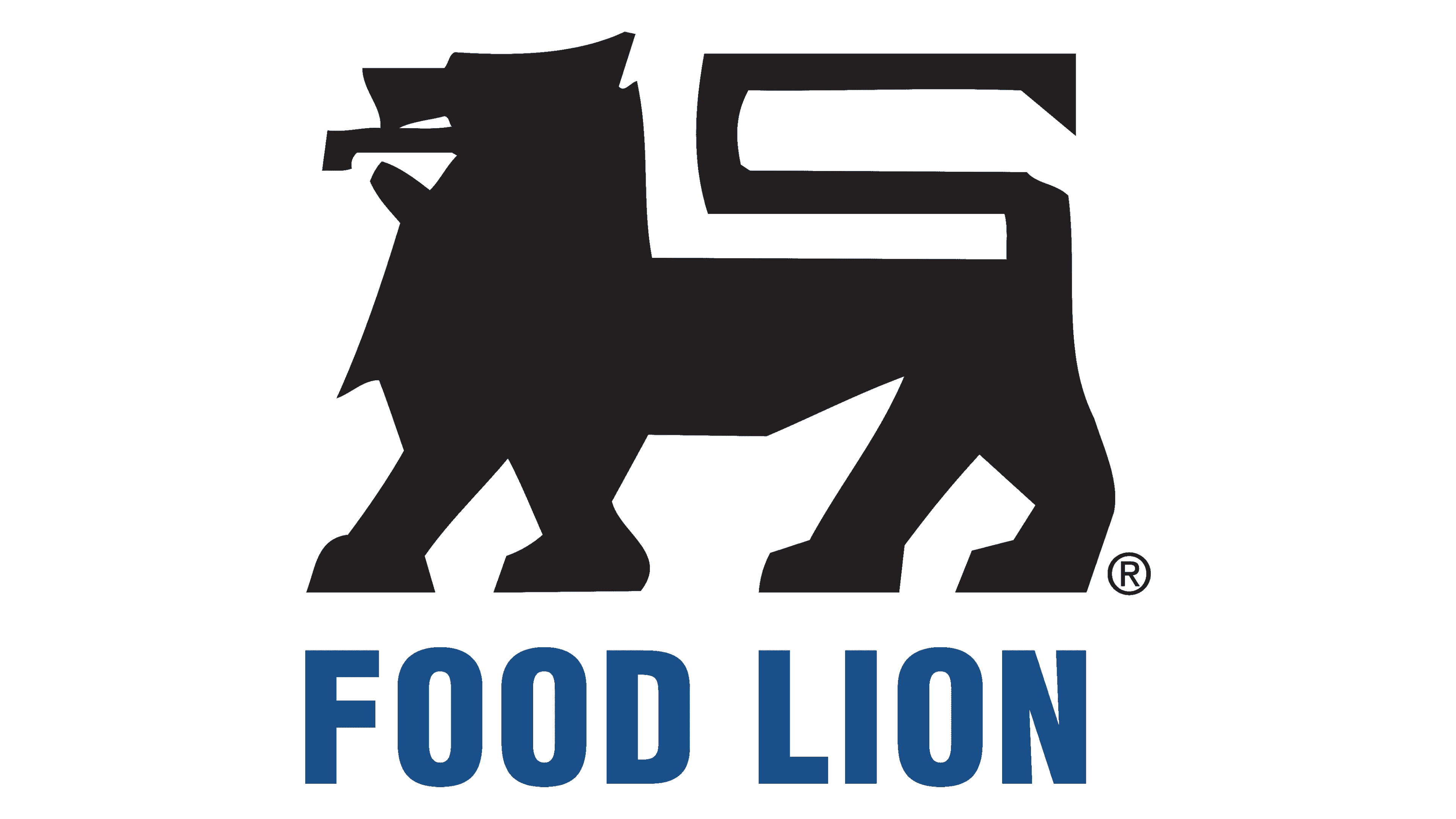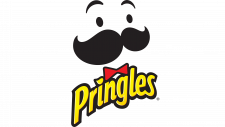Food Lion Logo
Food Lion is a grocery store chain in the United States. Ralph Ketner, Brown Ketner, and Wilson Smith founded it. They established the company in Salisbury, North Carolina. They aimed to provide affordable groceries through a low-price strategy.
Meaning and history
Founded in 1957 in Salisbury, North Carolina, Food Lion LLC started as “Food Town” and quickly expanded. By 1983, it rebranded as Food Lion to avoid trademark conflicts during its push into the Mid-Atlantic and Southeastern U.S. Known for pioneering cost-cutting and automated inventory systems in the 1980s, Food Lion became one of the fastest-growing U.S. grocery chains.
However, the 1990s brought challenges. A 1992 ABC News expose accusing the chain of selling spoiled meat tarnished its reputation and finances, despite a partial legal victory against ABC. This led to significant policy revisions.
In the 2000s, Food Lion introduced “Bloom” and “Bottom Dollar” formats to diversify its brand, later consolidating back to the Food Lion banner after mixed success.
Food Lion operates over 1,100 stores in 10 states as a subsidiary of Ahold Delhaize. It remains committed to affordability, sustainability, and community engagement, continuously adapting to market and consumer shifts.
What is Food Lion?
Food Lion is a regional grocery store chain headquartered in Salisbury, North Carolina. It operates over 1,100 supermarkets in 10 Southeastern and Mid-Atlantic states. Food Lion emphasizes affordability, convenience, and quality in its offerings.
1957 – 1983
The logo features a stylized grocery bag in deep blue with the words “FOOD TOWN” prominently displayed. Above, the phrase “Save More” is inscribed in a casual, inviting style. It stands out against a vibrant, sunny yellow background that enhances the visibility of the text. Below, the initials “LFPINC/SCVA” appear clearly printed, signaling a regional presence. A soothing blue border encircles the entire image, emphasizing the theme of value and focus on community-centered shopping.
1983 – 2007
In this logo, the blue and yellow color scheme is reversed compared to the previous Food Town version. The majestic lion, now in blue, dominates the yellow backdrop, positioned above the bold, capitalized “FOOD LION” text. The blue border frames the logo, contrasting with the yellow interior and harmonizing with the lion. This version conveys a sense of pride and strength, resonating with the lion’s symbolic authority. The color swap from the previous design enhances visibility and brand differentiation.
2007 – 2014
Switching from a yellow background to white, the logo maintains its bold blue lion and font. The lion strides confidently, encapsulated in a blue border with rounded edges. “FOOD LION” appears below, also in blue, ensuring the text pops against the white. The use of a single color foreground simplifies the design, reflecting a modern, cleaner aesthetic. The rounded corners of the border soften the logo’s appearance, potentially appealing to a broader audience. This evolution simplifies the design while maintaining brand recognition through consistent use of the lion motif and font style.
2014 – Today
This iteration adopts a monochrome palette, featuring a black lion above the “FOOD LION” text in blue. The background is omitted, allowing the black silhouette to command focus. This design shift emphasizes a sleeker, more contemporary feel. The absence of a border around the logo gives it a free and unconfined look, suggesting a modern and accessible brand. The blue text provides a subtle hint of color, maintaining brand consistency while refreshing the overall aesthetic. The lion’s pose remains unchanged, signifying a commitment to tradition amidst the visual update.















